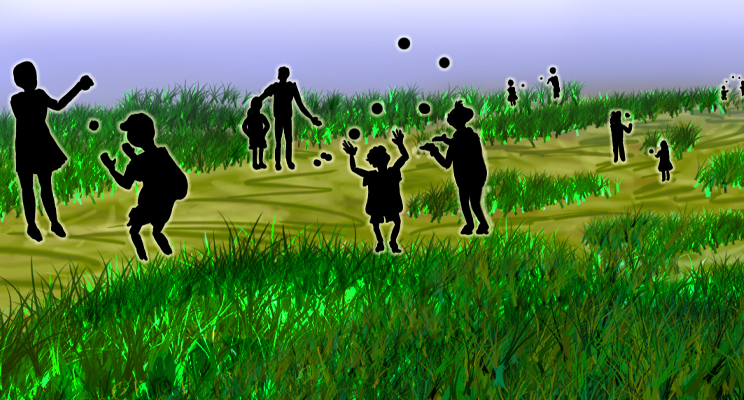
A unique longitudinal study in NSW is building a gold standard data asset about children in out-of-home care.
According to the latest government figures, nearly 50,000 Australian children are currently in what’s known as out-of-home care. This is when a child is unable to live with their parents and alternative arrangements must be found – whether foster or kinship care, residential care or through independent living.
“We know children growing up in out-of-home care are at much greater risk of poor outcomes than their peers. We know a lot less about the factors that influence these outcomes,” says Merran Butler, the Study’s Chief Investigator. “But we’re beginning to bridge some of those evidence gaps with the Pathways of Care Longitudinal Study.”

The Study is the first long-term, prospective study of 4,126 children and young people in out-of-home care in Australia. It began in 2010 and is managed by the NSW Department of Family and Community Services (FACS), with administrative support from the Sax Institute.
At regular 18-24 month intervals the Study has documented first-hand accounts of the out-of-home care experiences of children, their caregivers, caseworkers and teachers, and has linked this information with data from NSW government agencies. The breadth of the data is extensive, including detailed information about children’s health, socio-emotional well-being, cognitive development, temperament, education, use of support services and casework. This provides a rich evidence base for researchers and policy makers to explore what works – and what doesn’t – for children entering and in care.
A unique aspect of the cohort is that it includes children who entered care in the study recruitment period, but ultimately did not receive final care and protection orders. Many of these children will have returned to their family homes, with appropriate support and services. This enables comparisons between children at risk of significant harm who had parental responsibility transferred to another person and those who didn’t. It means researchers can begin to tease out why children in out-of-home-care tend to have poorer outcomes – whether it’s related to previous mistreatment in the family home; the trauma of being removed from the family; or the experience of out-of-home care itself.
The Study has already led to research publications and insights that are beginning to inform policy and practice around out-of-home care and has identified where further research could potentially make a difference. It has provided strong evidence on the development of children and young people on entering out-of-home care, including that older children are more likely to have clinical range behavioural problems and below-average language skills at the time of entering care.
The Study is now in its fifth wave of data collection, providing a decade’s worth of in-depth information on the experiences and developmental outcomes of children in out-of-home care. FACS is now able to open the dataset to approved researchers to undertake rigorous analyses to examine children’s trajectories and the factors that influence outcomes.
If you are a researcher or policy maker interested in out-of-home care and you would like to find out more about accessing POCLS data, please consult the Access to confidentialised Unit Record Data guidelines here.
